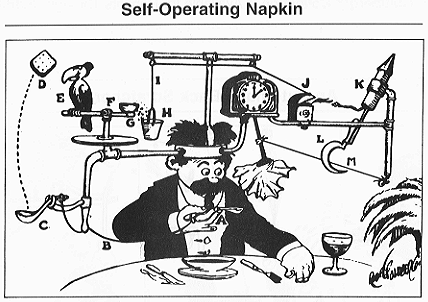If our solar system were to lose a few moons or even a planet, the difference might be hard to notice—but lose the sun, and everything changes. Despite its role as neighborhood linchpin, however, scientists still have a whole host of questions about how the sun works and how it influences our daily life on Earth and in space. And 2025 is poised to play a key role in getting answers.
Three factors are combining to make the coming year particularly exciting for the discipline known as heliophysics: the sun’s natural activity cycle, a fleet of spacecraft launches and the release of a blueprint designed to guide the next decade of work in the field.
